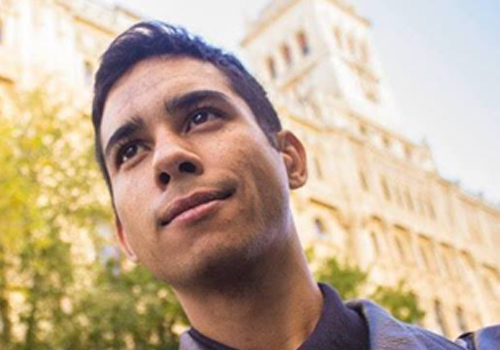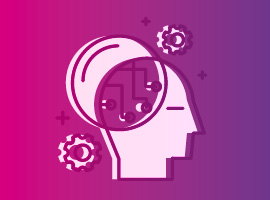Editorial Team: You have developed a tool called DeepBee. What is it all about?
Using Machine Learning it is possible to deliver quality information about honey bee colonies to beekeepers and researchers.
Thiago da Silva Alves: Many research projects in the apidology area require a process called temporal assessment of honey bee colony strength, which often involves counting the number of comb cells with brood and food reserves multiple times a year. There are thousands of cells in each comb, which makes manual counting a time-consuming, tedious, and thereby an error-prone task.
Knowing this problem, we decided to automate this process using image processing techniques to automatically detect cells, and deep learning for the cells’ content classification.
Editorial Team: Your presentation at the Machine Learning Conference is called “Honey Bee Conservation using Deep Learning”. How can Machine Learning help with Honey Bee Conservation?
Thiago da Silva Alves: Using Machine Learning it is possible to deliver quality information about the colonies to beekeepers and researchers. With this information, they can have insights on what they can do to improve colony health.
For example, the tool we developed is able to count the amount of brood and food reserves in a comb image. If the beekeeper frequently extracts this information from his colony he can detect anomalies such as a low bee birth rate or an unexpected reduction in honey production. Having this information at hand, the beekeeper’s decision on colony health will be more efficient.
How machine learning can help prevent bee mortality
Editorial Team: Could you give an insight into the technologies used in DeepBee?
Thiago da Silva Alves: We started using Nvidia DIGITS + Caffe in our first classification tests, but quickly faced some limitations. Then we decided to use Keras, with a TensorFlow backend, for the implementation of our models. We did most of the images preprocessing using OpenCV and NumPy.
Editorial Team: Where did you see the biggest challenge in developing DeepBee?
Thiago da Silva Alves: The biggest challenge we encountered was collecting data and creating the datasets. It took us a few months before we had enough cells annotated to start developing the models.
Developing an algorithm to detect different cell types was also a big challenge for us. The aggravating factor, in this case, is the fact that it is not possible to easily see the edge of cells containing honey.
Editorial Team: How can machine learning help prevent bee mortality?
The biggest challenge we encountered was collecting data and creating the datasets.
Thiago da Silva Alves: It can help reduce bee mortality by giving the beekeepers more information about the strength of the colonies. This information is used to sharpen the beekeeper’s decision making and then improve bee health.
Editorial Team: What are the next steps? What are your plans for DeepBee?
Thiago da Silva Alves: We plan to make the tool even more user-friendly. We also believe it is possible to implement some features of DeepBee into a smartphone application.
Editorial Team: Thank you very much!
Questions by Hartmut Schlosser






